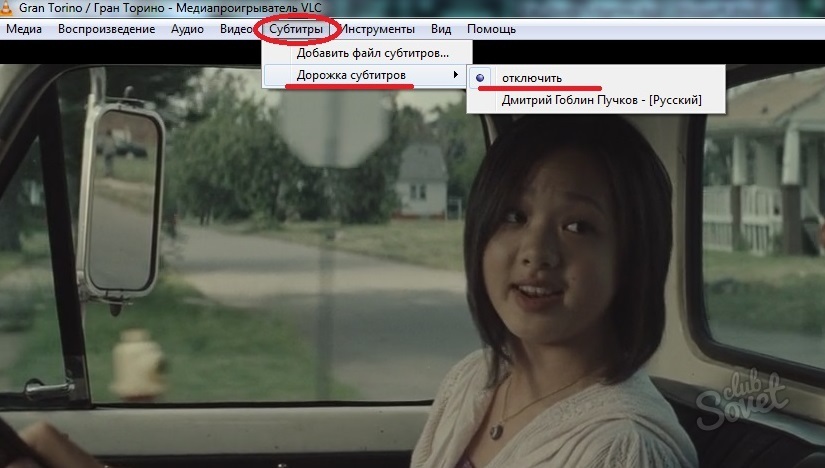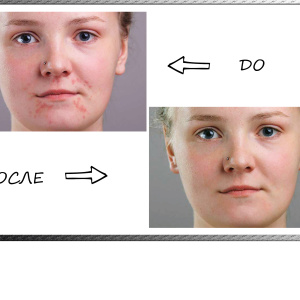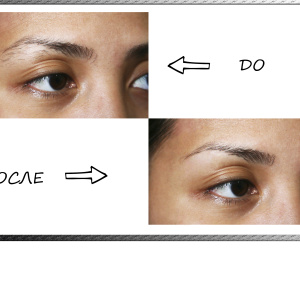Subtitles that constantly appear at the bottom of the screen are indispensable if you watch a video in an unfamiliar language or a translation of such low quality that it is impossible to make out the words. But sometimes they only spoil the impression of viewing: subtitles take up a lot of space and blocks the picture, moreover, attention itself switches to the text, which is why you can skip important details. Unfortunately, disconnecting them does not always turn out, it all depends on how the subtitles are mounted with the video.
- SoftSab (English designation SoftSub) - subtitles that can be disconnected and configured. Are built -in and external. Built -in are in the same file with a video. They are tuned in the options of the video player. External - separate files, which, as a rule, lie in the same folder with the film, and also connect and configure in the player.
- Hardsab (English designation Hardsub) - sewn subtitles that cannot be turned off, as they are added during the compilation process and become one with a picture of a video of the video.
How to find out what type of subtitles is used in the film?
In the descriptions of films and on the covers of DVD there is a marking “SoftSab”, “Hardsab”, or it is indicated that there are no subtitles. In addition, customizable subtitles are in files with .MKV, .MP4 and .OGM extensions, for the popular .Avi this method of attaching subtitles is impossible. For this format, subtitles that can be turned off are only in the form of separate files, and they are easy to see when downloading. If you find that there are subtitles in the AVI video, but there are no individual files, then you are in front of you hardsab, and you cannot turn off textual accompaniment. 
How to disable subtitles in Windows Media?
In Windows Media, a standard player that comes with the operating system, text accompaniment should be disconnected in the context menu. Click the right button in the window where the video is played, select the “Words of Songs, Subtitles and Signatures” and put a box opposite “Disable”.
But, according to users, this does not work in many versions of Windows Media, even on condition that the subtitles are customizable and easily disconnected in other players. The problem is solved by setting up the player filters. To do this, click in the field of notifications on the white icon "LAV" with a right button, and put a checkplace opposite the "No Subtitles" parameter. 
How to disable subtitles in VLC?
If you use the VLC player to turn off the subtitles in the context menu, open the video file, click in the field of playback with the right button and select subtitles/turn off the subtitles/turn off.
The same options for turning off the text are in the standard VLC menu, which is located at the top of the playback window. 
How to disable subtitles in Media Player Classic?
In Media Player Classic, subtitles are disconnected through the context menu. You need to click with the right button in the window with the video, select the "Subtittarket" item and remove the box opposite "Turn on". You can turn off the text path in the "Preferences" section of the main menu. 
We delete the paths that are stored in separate files
If the text accompaniment is written into a separate file, then it can simply be deleted on the computer or not download it at all with the film. 
What to do if you downloaded the film with Hardsab - subtitles that cannot be deleted
It will not work to disconnect such textual accompaniment in the media player, since subtitles are part of the picture. They can only be removed by cutting the strip at the bottom of the screen or masked using erosion filters in VirtualDub.
Removing Hardsab is a complex and long process in which quality always suffers. Therefore, if possible, it is better to find the same film on the Internet, where subtitles are absent or related to the SoftSab type - then textual accompaniment can be turned off by the methods described in the second or third paragraph.































